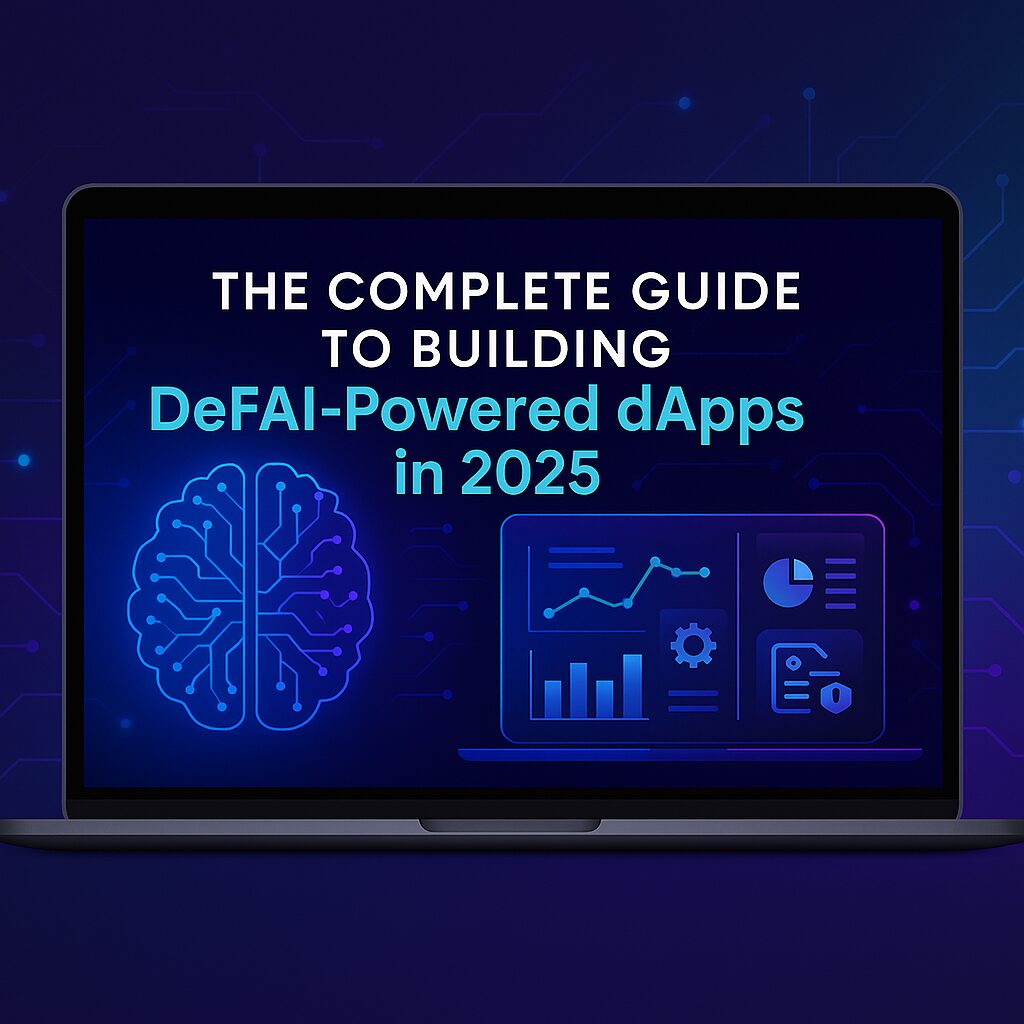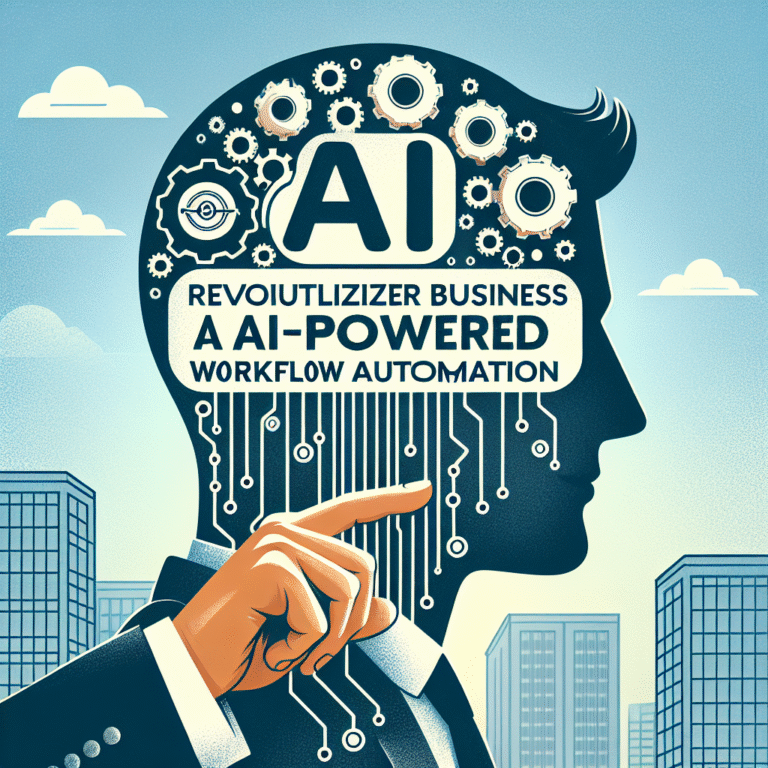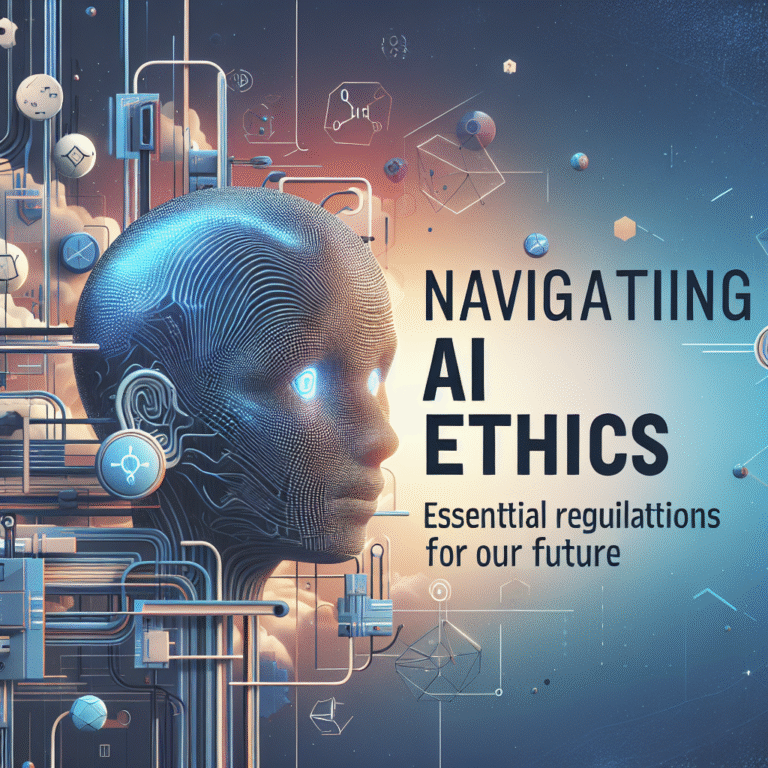Decentralized Finance (DeFi) has transformed how money flows, but the next revolution is already here: DeFAI. By combining DeFi protocols with Artificial Intelligence (AI), developers and enterprises are creating autonomous, adaptive, and intelligent decentralized applications (dApps) that can learn, optimize, and manage risk in real time.

This guide is designed to help you — whether you’re a startup founder, enterprise CTO, or blockchain developer — understand how to build DeFAI-powered dApps in 2025, the tech stack required, development process, best practices, and real-world examples.
🔹 What is DeFAI? A Quick Refresher
DeFAI stands for Decentralized Finance + Artificial Intelligence. Unlike traditional DeFi dApps that execute pre-coded, rule-based logic, DeFAI dApps:
-
Use machine learning to adapt strategies (e.g., in trading, lending, or insurance).
-
Provide real-time risk management with predictive analytics.
-
Enable autonomous financial agents that act on behalf of users.
For businesses, this means moving from static financial automation to dynamic, intelligent financial systems that are scalable, efficient, and globally accessible.
📊 Why Build DeFAI-Powered dApps in 2025?
-
Market Growth: DeFi TVL is projected to surpass $200B in 2025. AI adoption in finance is already mainstream — DeFAI combines both.
-
Enterprise Adoption: Banks, fintechs, and even governments are exploring AI-driven DeFi applications for compliance, lending, and payments.
-
Competitive Advantage: Traditional DeFi platforms are saturated. DeFAI offers blue ocean opportunities for innovators.
🛠️ Step 1: Define Your DeFAI Use Case
Before you write a single line of code, ask: What problem am I solving with DeFAI?
Some high-value DeFAI dApp categories:
-
Trading & Yield Optimization: AI-powered trading bots, yield farming optimizers.
-
Credit & Lending: On-chain AI credit scoring for undercollateralized loans.
-
Risk Management: Predictive analytics for stablecoins, insurance, and DeFi hacks.
-
RWA Tokenization: AI-driven valuation of tokenized real estate, carbon credits, bonds.
-
Cross-Chain Arbitrage: AI agents managing liquidity routing across Ethereum, Solana, Sui, and more.
👉 Pro Tip: Start with a narrow use case that solves a real pain point (e.g., stablecoin risk monitoring) before scaling into multi-feature platforms.
🧩 Step 2: Choose the Right Blockchain
Different blockchains offer different strengths for DeFAI dApps:
-
Ethereum / Polygon (EVM chains): Largest DeFi ecosystem, huge liquidity, extensive tooling.
-
Solana: High throughput, low fees, ideal for AI-driven high-frequency DeFi trading.
-
Sui (Move language): Parallelized execution, ideal for AI + DeFi agents that require fast state updates.
-
Hyperledger Fabric: Enterprise-grade private DeFAI applications (e.g., for banks, governments).
👉 Consider where your target users already transact — this will guide your chain selection.
⚙️ Step 3: Design the DeFAI Architecture
A DeFAI-powered dApp combines three major components:
-
On-Chain Smart Contracts (DeFi logic)
-
Written in Solidity (Ethereum), Rust (Solana), or Move (Sui).
-
Manage liquidity, staking, lending, token issuance.
-
-
AI/ML Engine (off-chain or hybrid)
-
Built using TensorFlow, PyTorch, HuggingFace, LangChain.
-
Runs prediction models (e.g., yield forecasts, fraud detection).
-
Can be deployed on cloud (AWS, GCP, Azure) or decentralized AI networks.
-
-
Oracles & Data Pipelines
-
Provide real-time data feeds: price oracles, sentiment analysis, credit history.
-
Tools like Chainlink, Pyth, or custom data bridges are crucial.
-
📌 Example Flow:
-
Smart contract requests yield forecast.
-
AI model runs prediction off-chain.
-
Result is sent back via oracle → dApp adapts strategy.
🖥️ Step 4: Build the AI Layer
The AI layer is where DeFAI becomes powerful.
-
Data Sources: On-chain transactions, historical pool data, news sentiment, Twitter signals, macro data.
-
Models to Use:
-
Time-series forecasting (market prices, APY).
-
Classification (fraud detection).
-
NLP (sentiment from social media).
-
Reinforcement learning (autonomous DeFi agents).
-
👉 Example: A DeFAI lending dApp uses ML to score wallets based on repayment history + activity, enabling undercollateralized loans.
🔐 Step 5: Integrate Smart Contracts with AI
There are two main integration patterns:
-
Hybrid Off-Chain AI with On-Chain Execution
-
AI runs on centralized or decentralized compute.
-
Results fed into smart contracts via oracles.
-
Most practical in 2025.
-
-
On-Chain AI Models (Emerging)
-
Storing lightweight AI models directly on-chain.
-
Limited by cost & performance.
-
Used for small ML tasks like fraud flagging.
-
🧪 Step 6: Testing Your DeFAI dApp
DeFAI apps are complex — you need multi-layer testing:
-
Smart Contract Audits (security): Check reentrancy, overflows, flash loan risks.
-
AI Model Validation: Backtest predictions against real market data.
-
Simulation Environments: Run scenarios for stress tests (e.g., market crash).
-
Compliance Checks: Ensure AML/KYC compliance if targeting enterprises.
👉 Use unit tests + fuzz testing + AI model explainability tools to reduce risks.
🚀 Step 7: Deployment & Scaling
When deploying:
-
Start with testnets (Ethereum Goerli, Solana Devnet, Sui Testnet).
-
Gradually move to mainnet with limited liquidity.
-
Scale by integrating cross-chain interoperability via Wormhole, LayerZero, or custom bridges.
-
Add auto-compounding vaults & AI agents as advanced features.
💼 Step 8: Business & Monetization Models
Building is just half the story — how do you monetize a DeFAI dApp?
-
Transaction Fees: % cut on trades or lending.
-
AI-as-a-Service (AIaaS): Offer your DeFAI engine to other protocols.
-
Subscription Models: Premium dashboards for enterprises.
-
Tokenomics: Native tokens with utility (staking, governance, fee discounts).
👉 Example: A DeFAI yield optimizer charges a 0.5% fee on optimized yields, generating recurring revenue.
🔄 Step 9: Governance & Decentralization
No DeFAI dApp is truly complete without governance. Options:
-
DAO Governance: Token holders vote on AI strategies, data sources.
-
Hybrid Governance: AI suggests changes, humans approve.
-
Fully Autonomous DAOs (Future): AI runs treasury allocation with minimal human input.
🌍 Step 10: Real-World Examples of DeFAI
While DeFAI is new, several projects already explore it:
-
Autonomous Trading Bots (AI-powered DEXs on Solana).
-
AI Risk Monitoring for Stablecoins.
-
DeFAI Credit Scoring Platforms for underbanked regions.
-
AI-driven Yield Farming Vaults offering higher APY.
Enterprises and startups are racing to build DeFAI apps that go beyond speculation into real finance.
📌 Best Practices for Building DeFAI-Powered dApps
-
Start Small: Launch with one use case before expanding.
-
Focus on Transparency: Users need explainable AI in DeFi.
-
Prioritize Security: Double audits are essential.
-
Ensure Data Quality: Garbage in → garbage out.
-
Plan for Compliance: Enterprises demand AML/KYC-ready frameworks.
⚖️ Challenges in DeFAI Development
-
AI Bias: Models can inherit bias, leading to unfair credit scores.
-
Scalability: AI compute + blockchain transactions = resource-heavy.
-
Data Privacy: Training models with user data must respect regulations.
-
Adoption Hurdles: Convincing users to trust AI in money decisions.
❓ FAQ: Building DeFAI dApps
1. Can I build DeFAI apps without deep AI expertise?
Yes. Many frameworks (LangChain, HuggingFace, OpenAI APIs) make AI integration accessible. Partnering with an AI/ML development firm accelerates the process.
2. What programming languages are best for DeFAI?
-
Blockchain: Solidity, Rust, Move.
-
AI/ML: Python (TensorFlow, PyTorch).
-
Integration: Node.js, Go, or Python for middleware.
3. Is DeFAI only for crypto-native startups?
No. Banks, fintechs, and enterprises are increasingly exploring DeFAI for lending, payments, and compliance.
4. How do I ensure my DeFAI dApp is compliant?
Integrate KYC/AML modules, build transparency dashboards, and prepare for audits.
5. What’s the cost of building a DeFAI dApp in 2025?
It depends on scope:
-
MVP prototype: $50K–$100K
-
Enterprise-grade DeFAI platform: $300K+
(TAS specializes in cost-effective, scalable builds tailored to business goals.)
🚀 Final Thoughts: Why Now is the Time to Build DeFAI
DeFAI is not just hype. It’s the natural evolution of finance — autonomous, intelligent, decentralized. By 2025, projects that blend AI + DeFi will dominate both retail and institutional adoption.
At TAS.co.in, we help enterprises, fintechs, and startups build DeFAI-powered dApps on Ethereum, Solana, Sui, and beyond. Our expertise spans AI/ML engineering, blockchain development, and automation — making us the ideal partner to bring your DeFAI vision to life.
👉 Ready to build your DeFAI dApp?
Let’s discuss your use case and design a solution tailored for 2025 and beyond. Contact TAS today.



